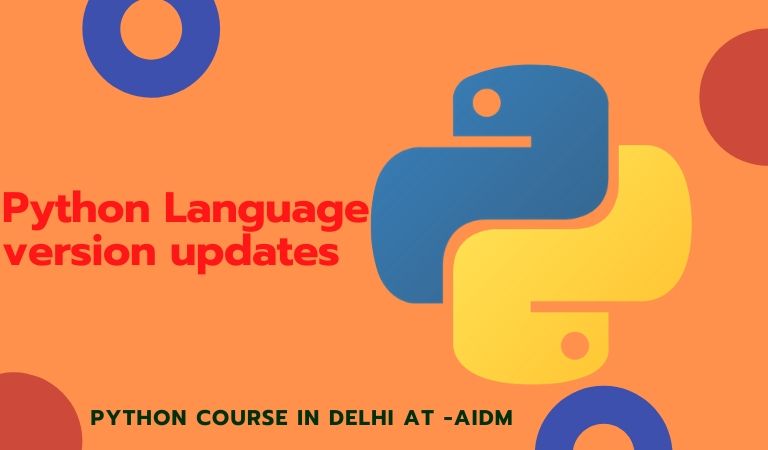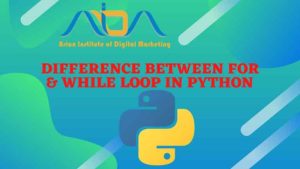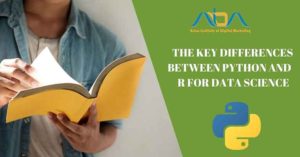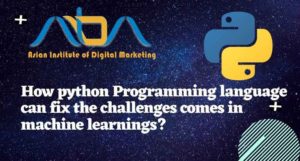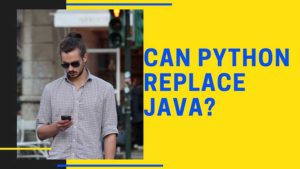Post Contents
According to many studies, python is one of the most famous coding programming languages. Pythons are not only a high-level general-purpose programming language but also an object-oriented open-source language.
At the same moment, developers are using it to create GUI application, websites, mobile applications etc.
The thing which keeps it aside the crowed is its easily readable and writable code similar to the English language.
Developers find it suitable to create complex software applications with its several useful frameworks to mitigate the time and efforts.
Some of the giant websites of the world are based on python language including Yahoo, Google, Linux, weekly news, web therapy, etc.
Not only this, but python language is also used to create gaming interface, scientific application, financial & educational applications with the help of its updated versions.
It will be good if you learn Data Science course in delhi yourself by joining the Django training in delhi
According to the statistics and the website like W3techs, python 2 is being used in 99.4% of websites whereas python 3 is being used only in 0.6% of the website.
Therefore understanding the version of python language is very important because as a developer, you will have proper knowledge of its version to choose the perfect one for delivering the best result to the clients.
Join AIDM which is the best python training institute in Laxmi Nagar Delhi.
Let’s see, how python language has been updated over the years?
Python programming language was initially invented by Guido van Rossum as his hobby.
Yes, you heard it correct. Van Rossum office remains closed during the Christmas, so in the x mas season of 1989, he wrote code to create an interpreter for a new scripting language. The motive behind this was just keeping himself busy in the holidays. He named it project Python which was published in 1991. However, at present, this open-source programing language is being managed by the foundation known as “Python software foundation”.
Python version 1
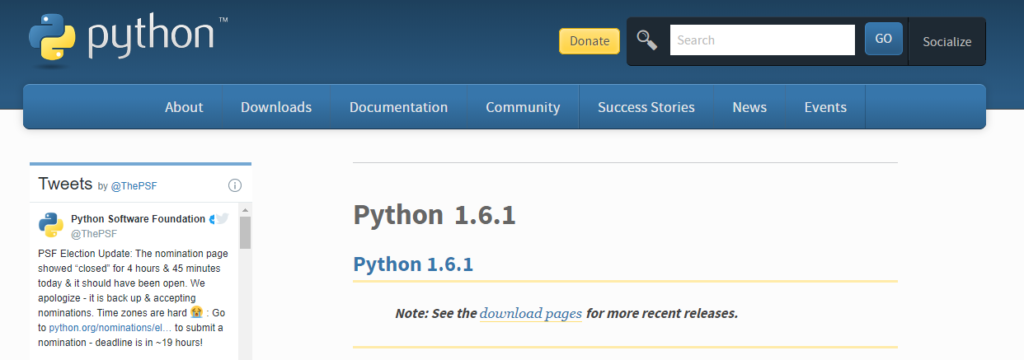
After publishing, it got its fist update 1.0 in 1994 which included numerous features a functions tools like a filter, map, lambda and reduce.
The update 1.4 was published with some more useful features like keywords arguments, the basic form of data hiding, built-in support for complex numbers etc.
But in 1997 python update 1.5 was released which was one of the major updates at that time after that its another update 1.6 came after 3 years in the year 2000.
The first version of python programming language had some lack of features but it the solid foundation for the development of programming language with immense scope in the feature.
Python version 2
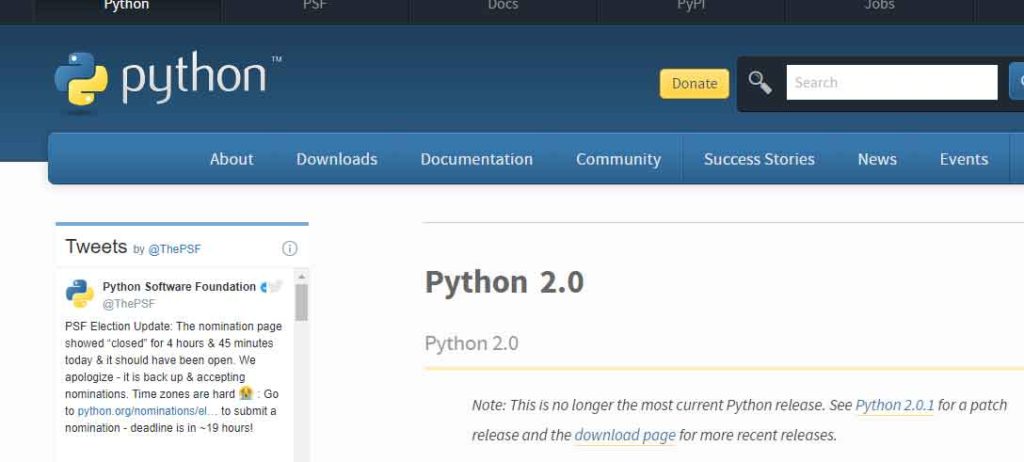
Python 2.0 was released in October 2000 with the new list of features and a trash assortment framework. The formate of the features was motivated by other practical programming languages like Haskell.
But that as it may, Python 2.0, not at all like Haskell, offered inclination to alphabetic keywords over accentuation characters. Likewise, the trash assortment framework effectuated an assortment off features and functionality.
The significant released was trailed by a few minor update. These updates had more interesting features to the programming language like support for nested scopes, and unification of Python’s classes and types into a solitary progressive system.
The Python Software Foundation has just reported that there would be no Python 2.8. Be that as it may, the Foundation will offer help to version 2.7 of the programming language till 2020.
AIDM includes all the latest module of python language based on the recent demand of the industry, joining the best python course in Delhi to become the master in Python programming.
Python version 3
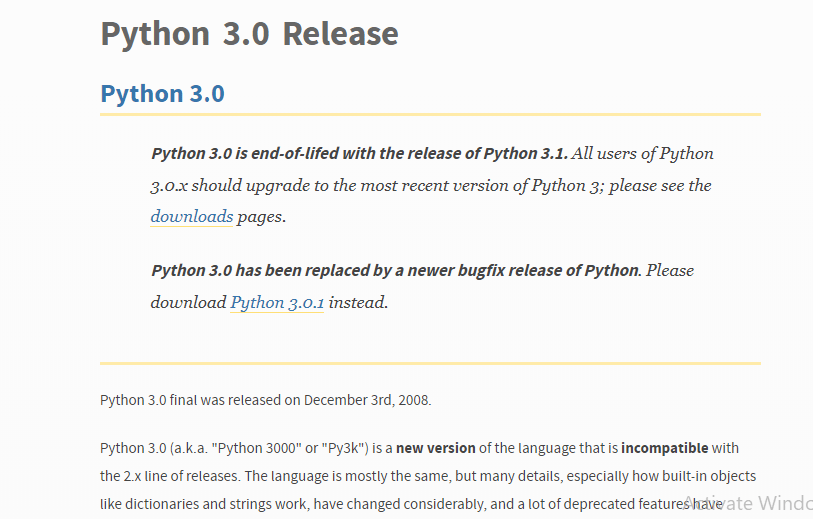
In December 2008, its another version 3.0 was released with several new features. It also has some lacking features and incompatibility which made this version different from the earlier release.
Instead of having some of the deprecated features, many python developers still use its version python 2.6 or 2.7.
However, there are also a number of developers who have switched to python 3.0 to avail this new amazing features.
Python 3.0 replace the print statement function with built-in print () function and allows the use of custom separator between the lines.
Similarly, it simplified the ordering comparison rule which shows a typing error exception if the operands are not organised in a systematic or defined way.
It also replaced the use of Unicode and 8-bit string with text and data and treated all codes as Unicode and set it as default to represent binary data as encoded Unicode.
As Python 3 was incompatible, the developers cannot access the functions like string expectation, implicit relative imports, old-style classes etc.
Also, it has one more compatibility that the user must have familiar with syntax and APIs.
The developers can easily migrate their application from Python 2 to 3 with the tool called “2to3” which highlight the incompatible areas through comments and warnings.
These comments help the developers to edit and upgrade the existing code of website or applications to the latest programming language version.
If you want to learn from the experts of python programming language, just search Python course near me and find AIDM training institute. Just raise the query and get yourself enrolled in the course.
Most Recent Versions of Python
At present, developers can pick either from the 3.4.3 or 2.7.10 versions of Python language.
Python 2.7 empowers developers to profit improved numeric handling and upgrades for the standard library. The update further makes it simpler for designers migrating in Python 3.
Then again, Python 3.4 introduced with a few new features and security improvements, library modules, and CPython implementation improvements. However, various features are censured in both Python API and programming language. The programmers can use Python 3.4 to benefit support in the more extended run.
Python version 4
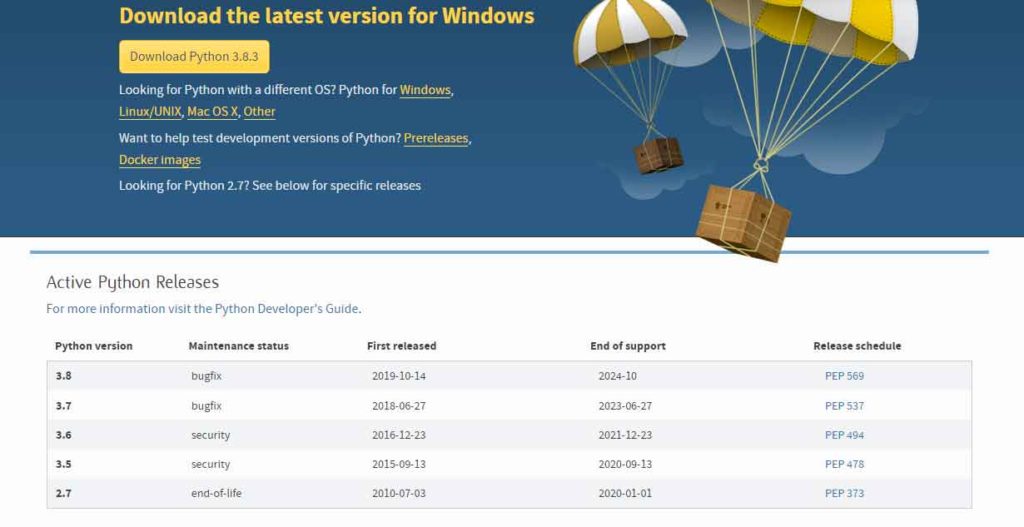
Python programming language version will be released in 2023 after the update of Python 3.9. It will be equipped with new and very useful features with the option to migrate the developers from Python 3 to Python 4 easily.
By gaining experience on that the developers can take the benefit of incompatible features to modernize their older version of an application with wasting extra time and efforts.
But still, developers will have to wait so many years to get a clear picture of the Python 4 update.
There is a huge difference between the version of Python language 2 in comparison to version 3. So the developers of both the versions will have to understand the features of both the version and by comparing their functionality and advantages they choose them for a specific project.
Also, they should check the version which is most compatible with the frameworks that they want to use.
However, it is always suggested that the developer or the programmer must use the latest version to avail all the new features with long run support. If you want to learn the all about Python language, you must join one of the best Python training course in Laxmi Nagar Delhi.
Recommended Blog:


